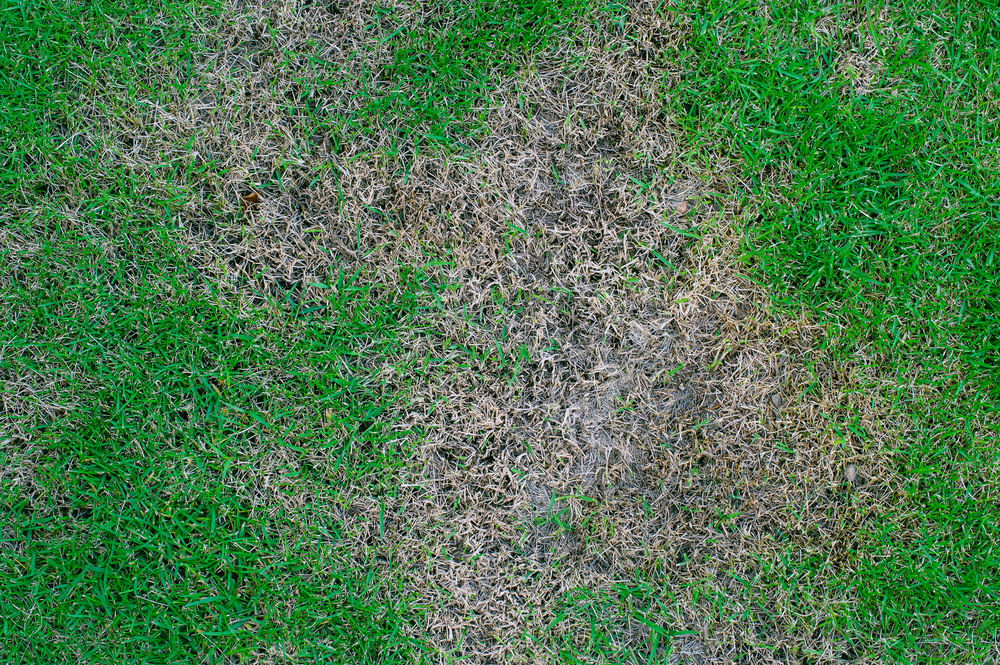No matter how nice you are able to keep your lawn throughout the year, it’s going to look like garbage when winter ends, the snow melts, and you see the compacted soil and grass. It’s a little bit of extra work for homeowners, but there’s several steps that you can take when winter is done to revive your grass back to what it was before the snow fell. Here’s some tips on how to restore post-winter grass…
Reseed damaged spots
When the snow melts, you’re likely going to find that several spots in your yard have lost their lusciousness, or are even entirely dead. If things like leaves or tools are left out when the snow falls, there is a very good chance that the grass underneath them will be dead. This is nothing to worry about, though. Just pick up some seeds and reseed any necessary parts of your lawn and you should have it repaired fairly quickly.
Clean remaining debris
Unless you were very militant about cleaning up your yard before the snow fell, then there is probably a great deal of debris (branches, leaves, yard amenities, etc.) that were left out to get buried under the snowfall. As stated above, these things could have caused dead spots during winter, but they will almost certainly cause dead spots during spring if they are not removed, quickly.
Aerate your lawn
A heavy layer of snow has just been sitting on your lawn for several months. This added weight causes all of the soil to become compact, which makes it difficult to maintain a healthy lawn. The way to counteract this is to aerate the grass shortly after spring begins. This allows the soil to expand and your grass to breath.
Add water
Don’t wait until it gets too warm to water your lawn. Within a few weeks after the snow is all melted, you should start to lightly water your lawn to get it back to its former glory. Typically, until summer comes around about half an inch to an inch of water every week should do the trick.

